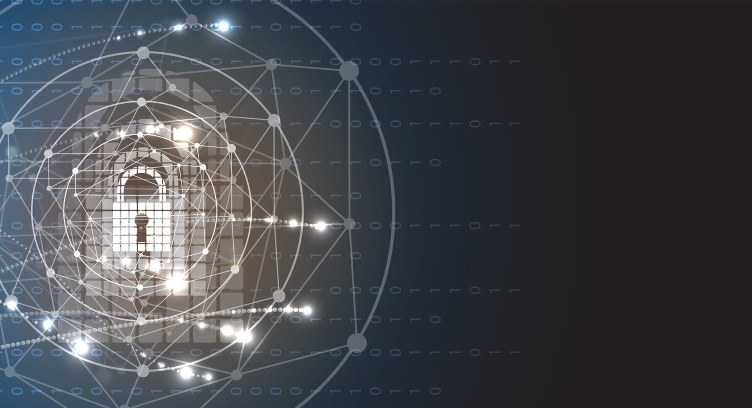MSPs Rise to the Occasion, Cybersecurity Firms Eye $90B Revenue Prospect

In today’s digital landscape, cyber threats are more sophisticated and businesses are more dependent on technology than ever before. Managed service providers (MSPs) and managed security service providers (MSSPs) play a pivotal role in safeguarding their clients’ data and networks.
Booming cybersecurity market
According to Gartner, spending on security services, including consulting, IT outsourcing, implementation, and hardware support, is expected to reach $90 billion in 2024. This figure emphasizes the growing demand for comprehensive cybersecurity services, presenting an opportunity for MSPs and MSSPs to capitalize on this trend.
Furthermore, the global market for managed security services is projected to grow at an average annual growth rate (CAGR) of 11.66% over the next five years, with a forecasted market size of $36,129 million by 2024. This expansion highlights the need for MSPs and MSSPs to enhance their cybersecurity capabilities to maintain and expand customer relationships.
The SSE framework, which combines technologies like zero trust network access (ZTNA), firewall as a service (FWaaS), cloud access security broker (CASB), and secure web gateway (SWG), provides a flexible and agile approach to network security. This allows MSPs and MSSPs to tailor solutions based on their clients’ specific needs, ensuring robust protection against evolving cyber threats.
Growing SMB need for cybersecurity
The urgency for cybersecurity solutions among SMBs cannot be overstated. Recent studies show that 48% of small and medium-sized businesses have experienced a cybersecurity incident in the past year, with 25% having faced more than one. This trend further solidifies the critical role that MSPs and MSSPs play in fortifying the digital defenses of their clients.
Notably, the industry is recognizing the value of advanced security frameworks, with over 40% of organizations actively implementing the secure access service edge (SASE) architecture in 2023, according to Statista. Among these implementations, ZTNA has emerged as the most widely adopted technology, underscoring the growing acceptance of the zero trust philosophy.
Donata Zabielskiene, channel sales director at NordLayer
With 42% of security and risk management spending expected to be directed towards security services, it is clear that cybersecurity is no longer just an option but a necessity for MSPs and MSSPs. By leveraging a Security Service Edge (SSE) framework, providers can offer their clients a comprehensive suite of solutions, including cloud security, data protection, and identity and access management (IAM).



